Back in 2001 when I was invited to create and curate the International Salon of Contemporary Artists in Lisbon, I invited Dave Farnham to participate with a few art-videos that were a great success. Since then I’ve been following his work, always surprised at what he comes up with and awaiting the next pieces with anticipation. Dave Farnham lives and works in London.
Gonzalo Bénard: I have been aware of your work since you were eating pink marshmallows and rolling yourself in bubbles, whilst tying yourself to street lamps, scaring old ladies in the street. What has changed since then? I am guessing that the old ladies have died and now you are MRI scanning them?! Was that your plan, all along?
Dave Farnham: Wow, we have known each other for a long time. I hope the old ladies didn’t die! Art school is very different from the ‘Art World’ – so, I guess I grew up! The studio at art school is a very different place to the lonely studio of the artist in the real world. I had a very close-knit group of artist friends at university who I utilised within my work; once I left university, that group couldn’t stay together. My work back then was very much performance based – I can’t paint, I can’t draw, I don’t do sculpture, but I’m good with video – so it seemed a good way to go.
One thing I would mention is that my art school work was very heavily based around the body – mainly mine – and my new MRI scan works seem to have gone full circle and I am back on to the body – just not mine, this time.
Gonzalo Bénard: You are a multi-media artist who plays with videos, computer animation, fire, MRI scans, x-rays and political nonsense, happily picking everybody’s nose. Where do you locate the photography in your work?
Dave Farnham: A very interestingly worded question – nose picking?! Photography, for me, is very much a way of capturing my work. I won’t say that I am a photographer – I am an artist who happens to use photography. I have never had any training in traditional photography – I just know what I need to do to the camera to make my images appear. Photography came through wanting to capture still compositions that I had seen within my video works.
Gonzalo Bénard: This is an interview for a blogzine about photography, so I won’t ask questions about your videos, unless you ask, giving me a photographic reason for doing so. Please do.
Dave Farnham: My video works are built up from a series of photographs, which happen to be moving. I can’t talk about my photographic without talking about the video aspect, as this is where the photography comes from.
Gonzalo Bénard: Fireworks use to be for spectacular, open-space amusement, to put everybody in a happy mood, staring at a sky full of colours, lights and annoying sounds! You not only frame them, but you also play with them within a political war scene with ‘made in China’, plastic soldiers getting shot. I want to question this.
Dave Farnham: I never wanted to make political artwork, just works that are visually arresting – but, I have to accept that using toy soldiers within my work will always cross a political line. I always wanted to capture a representation of war, not a political message. Maybe that’s why I am slowly moving away from the toy soldiers?
Gonzalo Bénard: Your work started some years ago with a somewhat humorous style, or more of a light mood, as if you were laughing whilst working. Over the years, your work became more “serious”, more worried, not only sociologically but psychologically. Are you more aware of the importance of art as a socio-political play/dialogue?
Dave Farnham: Is playing with fireworks, explosions and toy soldiers in my garden, at three in the morning, more ‘serious’ work? Or, am I just getting too old to film myself bouncing up and down on a pogo stick in my pants?!
Gonzalo Bénard: Suddenly, a snooker piece to break from the fire works. For someone who sees your work chronologically, for the first time, this video is a surprise. Can you give us a picture of it? Did you make it as part of a personal ritual?
Dave Farnham: This work was a very personal project; it took me two years to make, not just because of the technical process but also because of a grief process. I have only exhibited this piece a couple of times (most recently in Florence). The work is about the loss of my Grandfather. I have never made work about family, or personal loss, before – but this felt right. Due to the humorous and aesthetic appeal of the work (the snooker players playing snooker with no snooker balls!), the viewer won’t necessarily read personal loss into the work straight away – unless they read the title!
Gonzalo Bénard: Light and fire; always connected within your photographic work. I would love to hear from you on how you prepare the sets for a shooting.
Dave Farnham: Setting up for my shoots is always very tense. A couple of days beforehand, I buy loads of fruit and props: wicker baskets; books; candles; bottles, etc. Then, I spend a day or so looking at old Masters and still life paintings/drawings.
I tend to stress a lot beforehand, mainly about the weather (as I always shoot my works outside, due to the fusewire being hazardous!)
I have a great assistant with whom I have for years, and he puts me at ease; between the two of us we spend about six hours, once the sun has gone down, shooting different compositions and then re-shooting and re-shooting until I have run out of fusewire and all the fruit is burnt and dead. We finish really late into the night, I drive him home and then I come back but usually I can’t sleep as I am buzzing about the new images.
Gonzalo Bénard: Soldiers and chess are often related, and side-by-side, in your pyrotechnic pieces. Do you play chess as a war tactic, with soldiers, when you’re alone, to create some dynamic within yourself, with a board for each subject?! I mean, they are often related in your work, but I don’t remember seeing a soldier playing with the queen in a game of chess. Why have you not put these together?
Dave Farnham: I don’t think they need to be in the same image. They both represent a version of war and putting them together ‘over-eggs the pudding’.
I moved into using chess pieces as a way of trying to move away from the overt political questions I had to answer with the toy soldiers. But, at the end of the day, using either chess pieces or toy soldiers, the viewer is still confronted with an artist’s representation of war – an artist who has no experience of war, only the reportage of the media. By the way, I am rubbish at chess and never used to play with toy soldiers as a kid – it’s all coming out later in life!
Gonzalo Bénard: Photography; video; animation; scanning. Can you imagine your work without any of these, or could you survive well enough and be happy/fulfilled with just photography?
Dave Farnham: I have always used these mediums within my work so for them to be taken away – I wouldn’t have an arts practice. I wouldn’t know what to do!
Having worked within the media (Post–Production), I am always looking for new ways of pushing my work, technically – new techniques, new technology, faster and bigger computers, scanners, cameras, etc. – it’s all very exciting stuff. I think just doing photography would be very limiting to me; both disciplines constantly merge and come together. As an example – in my new MRI scan pieces, I am taking the video footage of a body and re-building it using a photographic process.
Gonzalo Bénard: Is the hangover from creating a masterpiece too hard? Do you need time between series, or once you have worked on several, does it mean the whole process gives you the time needed to take a breath?
Dave Farnham: One always needs time to step back and just sit and assess the work. I tend to work on one body of thought, at one particular time.
With regards to creating a masterpiece – I did feel some pressure after winning the 2004 prospects drawing prize (see next video).
I had just left art school, having completed my MA, and I won a big London-based art competition. I had galleries, curators and artists calling me and trying to meet up and work on shows together, etc. It was a very exciting time – since then I have always subconsciously compared my new work to the art piece that won. I guess that’s not very healthy!
Gonzalo Bénard: Can you do a “MRI scan” of your latest works?
Dave Farnham: My recent body of work entitled, ‘Drawings From Life’ are an investigation into traditional Life Drawing – thinking of new techniques and methods of capturing the body. In this case I have taken MRI scanned footage of the body – and have exposed the footage in a photographic process, using a DSLR and an iPad.
An MRI scan is a technique used in radiology to visualise internal structures of the body, by using magnetic fields. By doing this I am not just presenting a traditional life drawing of the external body but an image that captures the internal workings of the sitter, their brain, muscles and bones etc. I am hoping to physically expose more of the sitter than a traditional life drawing would.
I don’t know the person in these images, why they have had a full body scan or what is wrong with them.
I have a number of ideas for future path of these works and the potential to scan other ‘things’ is very exciting – watch this space.
For more informations and art works, please visit Dave Farnham website and vimeo channell.

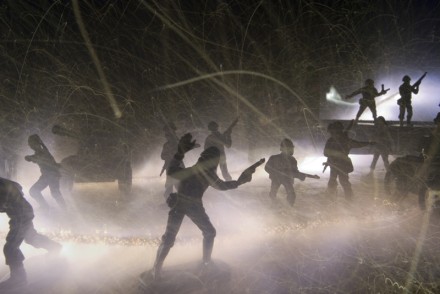
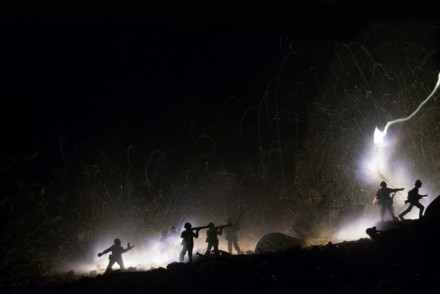
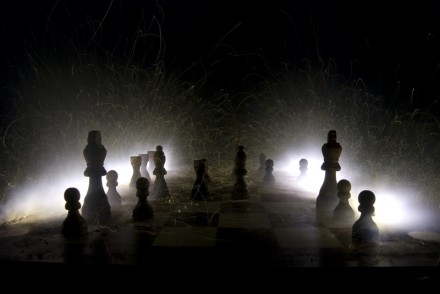
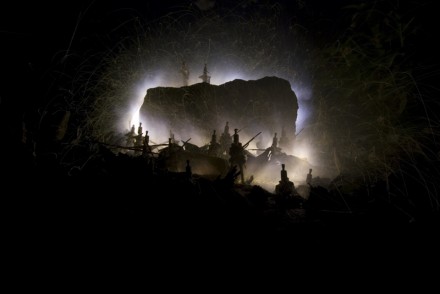
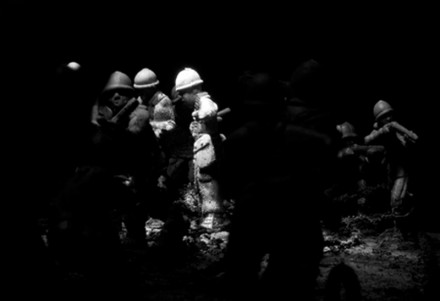
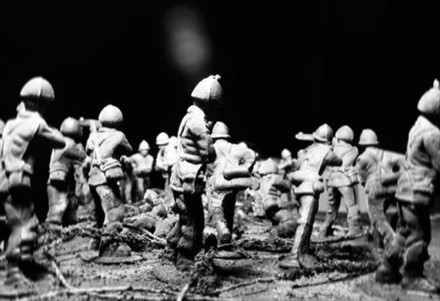

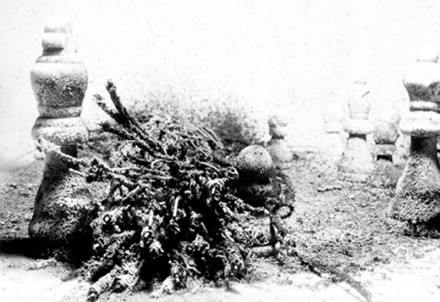
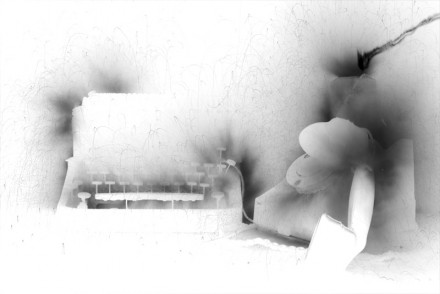
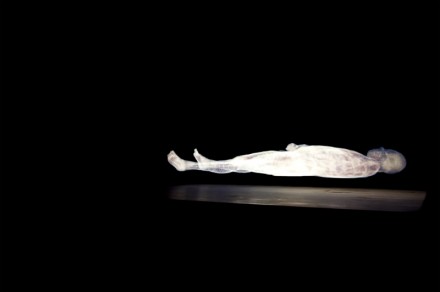
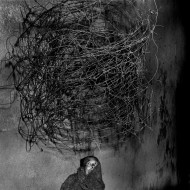
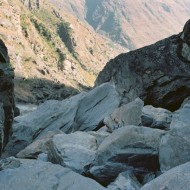
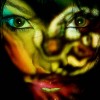
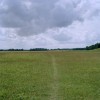





























You can also subscribe to this post comments RSS feed.